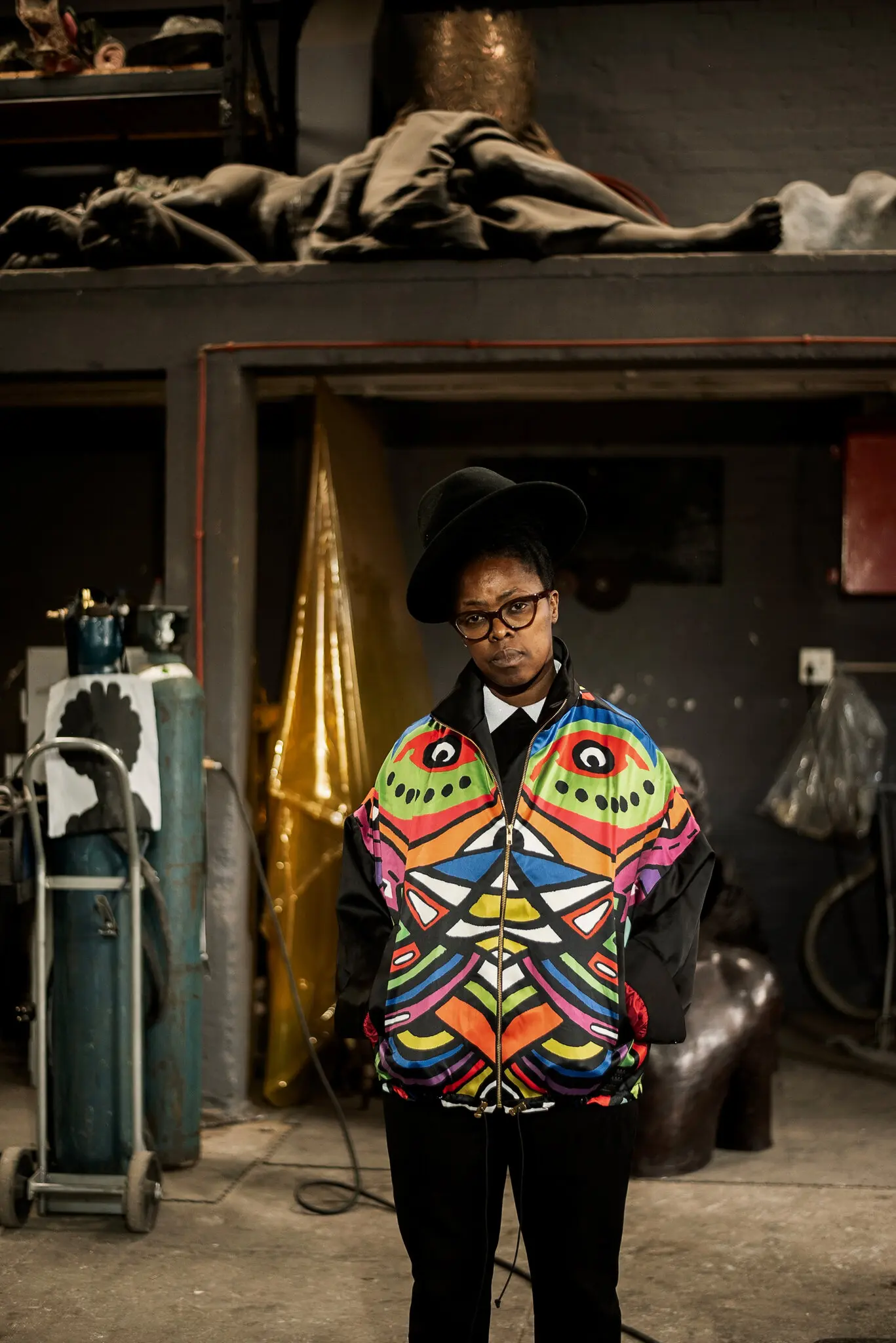The New York Times
Zanele Muholi


The artist Zanele Muholi finds the people they photograph at parties, weddings and funerals. Muholi also meets them at Pride rallies and protests for L.G.B.T.Q.I.A.+ rights in Johannesburg and Cape Town before taking the sitters’ portraits in a setting of their choosing. Muholi, who identifies as nonbinary, has a nomadic artistic practice; they move their studio with them through the country. “I work as I go. From any space. Whenever I feel like photographing [and wherever] is safe and conducive for a shoot,” they say. Their portraits are often black and white, which Muholi considers more timeless and less noisy than color, but the works are in no way quiet. In their self-portraits, Muholi’s use of deep saturation and heavy contrasts not only dramatizes the pigment of their skin but also blurs the line between photography and painting. Their portraits of others are typically more spare but are similarly striking, thanks to the direct eye contact of the sitters, who seem to be assessing the viewer in return and whom Muholi calls “participants” rather than “subjects.”
On a midsummer morning, Muholi, 52, spoke to me over the phone from their hometown Durban, South Africa, following stints in California and London, where they have multiple exhibitions on view. At the San Francisco Museum of Modern Art and at London’s Tate Modern are surveys of Muholi’s work from the early 2000s until now; the latter revives a 2020 presentation that closed prematurely because of the pandemic. Both exhibitions primarily feature Muholi’s photographs of Black queer communities in South Africa, posed in scenes of tenderness and defiance, including “Brave Beauties” (2014-ongoing), a series of glamour shots of trans women and nonbinary people; and “Faces and Phases” (2006-ongoing), an ambitious archive of over 600 portraits of queer South Africans, which is accompanied by firsthand video testimonies from several of the participants.
On display simultaneously at Southern Guild in Los Angeles are new works exploring Muholi’s interest in gender, sexuality and presentations of the body: Alongside self-portraits from their open-ended series “Somnyama Ngonyama” (Hail The Dark Lioness), begun in 2012, are large-scale bronze sculptures of the artist and of a clitoris and a uterus. In “Somnyama Ngonyama,” Muholi combines techniques of classical painting, fashion photography and traditional ethnographic imagery; their exaggerated skin tone, nude figure and unconventional, architectural headdresses are the artist’s reclamations of Black beauty. “The sculptural pieces [are] an expansion of [my] self portraits,” exploring “the agony and ecstasy” of the queer Black female body, says Muholi. The sculpture “Being” (2023) depicts the artist dressed in clerical robes, head tilted back and one hand sitting atop a golden object that resembles a disembodied oversize labia. In their bronze anatomical works, as in their photographs, Muholi seems committed to individualizing the queer Black body, rather than dissecting it for voyeuristic inspection.